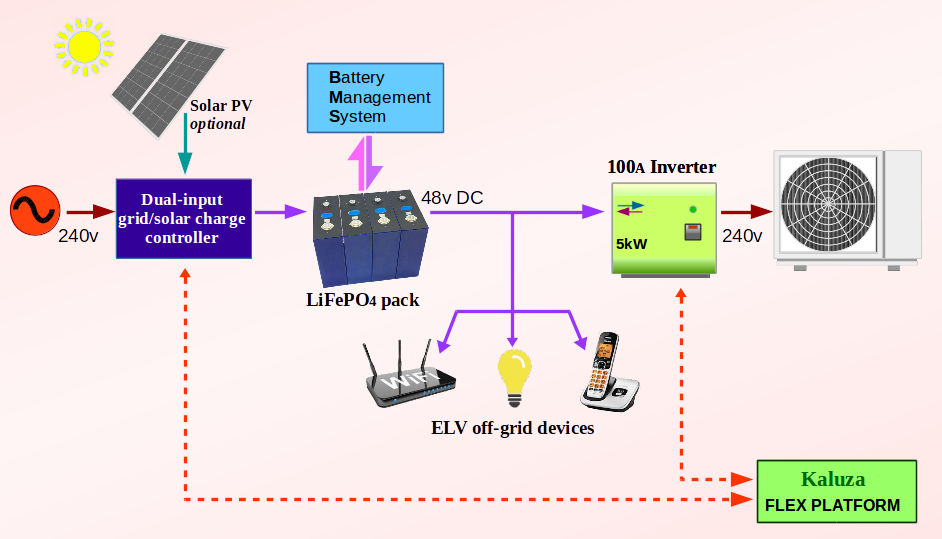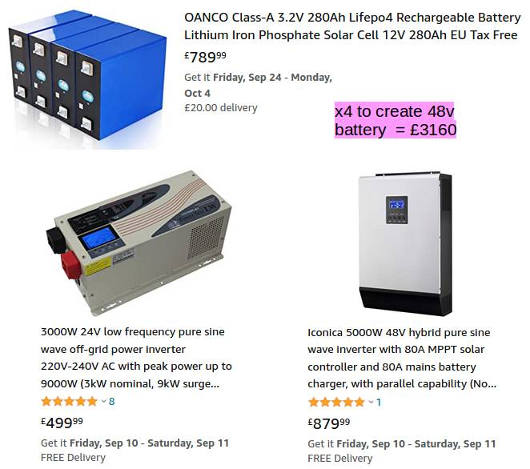Hi all,
Just starting the process of getting solar installed (ie getting quotes). I’m sure i will have more questions on this to come, but here is my first.
There is a product called iboost that takes excess electricity you are creating from PV, which is going back into the grid, and uses it / some of it to create hot water via the immersion.
The question is, as I now have a ASHP, is this of any use? My thinking on this is that if I had 2kWh of ‘spare’electricity from PV, then via the immersion I get roughly 2kWh of heat. But (assuming a HW COP of 2) it would only take 1kWh of electric to do the same via the heat pump. That leaves 1kWh spare which I might get paid 5p for, or at least someone else can use as green energy.
The only thing I can think is that the ASHP is only heating up to 50 degrees. The immersion could push that up to say 65 degrees. This has two benefits i think. 1) the legionella setting does this every 7 days, so I might be able to turn that off (maybe) and be using PV to power it. 2) if the water is 65 degrees then it would take longer to cool down to need reheating, therefore saving using the heat pump.
Overall not convinced the iboost is of value with a heat pump, but would value a more informed view
Any other general tips on ASHP plus Solar?
Thanks
James











